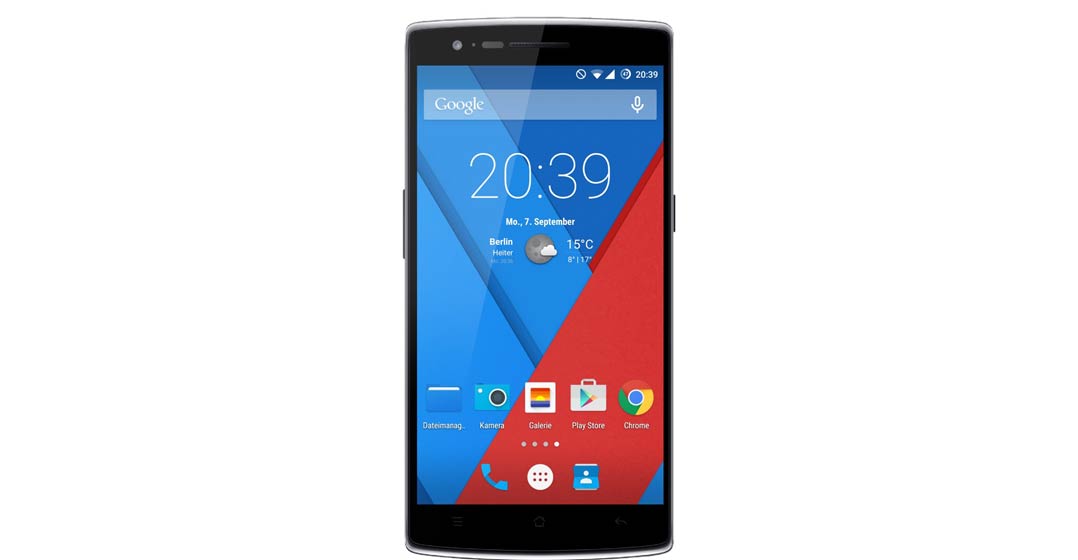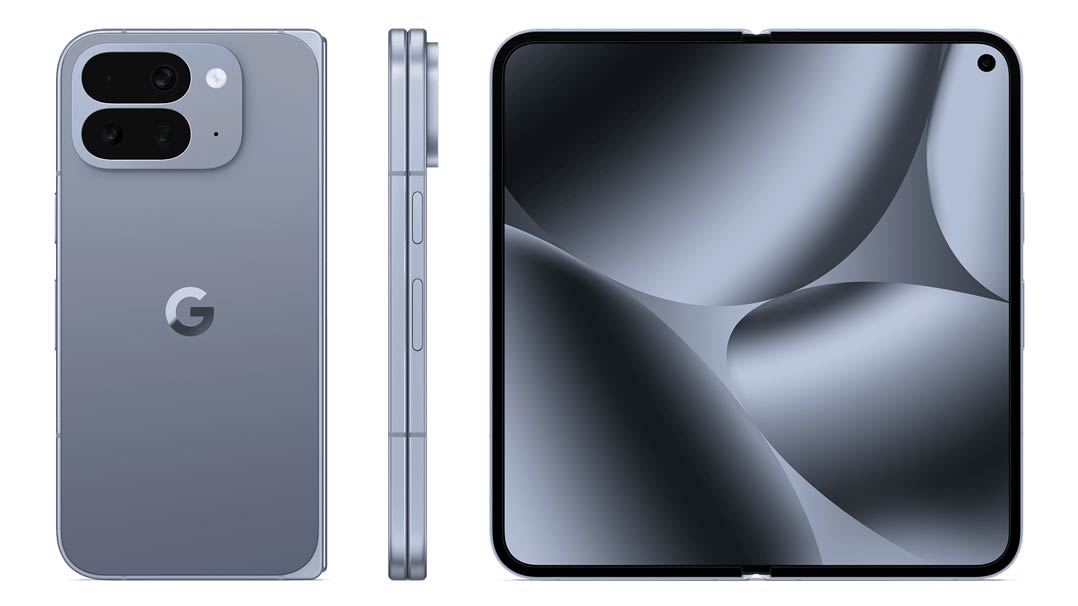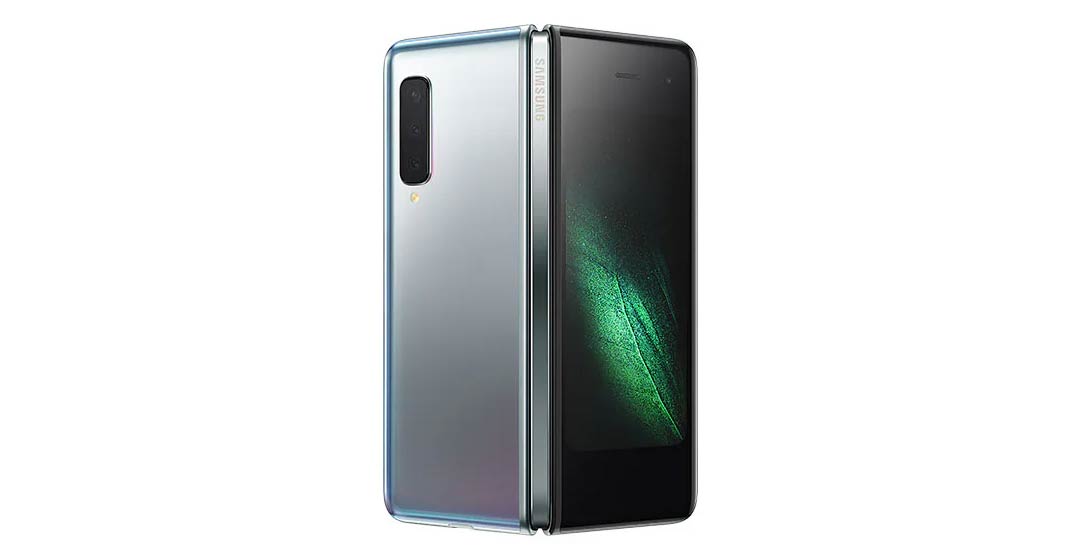The Android operating system, owned by internet advertising giant Google, is the most used computing platform in the world.
Google acquired Android in 2005 and chose to make much of the platform open source, ensuring a wide range of device manufacturers could ship smartphones by abstracting away the software layer, allowing them to focus on hardware design.
Over the years, some of the most loved and well-reviewed smartphones were built on top of Android by manufacturers including Samsung, HTC, Motorola and even Google itself. This, then, is TechCentral’s list of the 10 most iconic Android phones ever built.
 1. HTC Dream
1. HTC Dream
The HTC Dream was the first-ever Android phone, released all the way back in 2008. With its slide-out Qwerty keyboard (remember those?), it pioneered a new era for smartphones at a time when the industry was beginning to move away from physical keyboards in favour of touch-sensitive displays, with Apple’s iOS leading the charge in that direction.
Although lacking the iPhone’s multi-touch and a headphone jack, the HTC Dream established Android as a serious competitor to Apple’s iOS and laid the foundation for the mobile world we know today.
Apple co-founder Steve Jobs famously accused Android of “grand theft” because of its similarities to iOS. Jobs vowed to use all the resources Apple had at its disposal to destroy the emerging competitor.
 2. Samsung Galaxy S
2. Samsung Galaxy S
The Samsung Galaxy S was a gamechanger for Korea’s Samsung Electronics, signalling a cultural shift towards touchscreen phones in the mass market globally. If the iPhone is to be considered the early adopter device of the era, and the HTC Dream for fast followers, the Galaxy S is the device that catapulted the new design ethos into the mass market, making full-screen displays and “super Amoled” screens the norm rather than the exception. The Galaxy S did have a physical “home” button at the bottom of the screen.
Samsung’s next two iterations of the Galaxy S series played a similar role, with the Galaxy S III kicking off a cultural phenomenon that would cement Samsung’s place as one of the leading smartphone manufacturers for the next decade.
 3. Samsung Galaxy Note
3. Samsung Galaxy Note
The Samsung Galaxy Note is the original “phablet”, a phone and a tablet in one device. Although initially ridiculed for its (relatively) massive 5.3-inch screen (tiny by today’s standards), the Galaxy Note created an entirely new category of smartphone and proved that consumers were ready for larger devices. The inclusion of the S Pen stylus also made it a favourite among power users.
 4. HTC One (M7)
4. HTC One (M7)
Released in 2013, the HTC One showed that Android phones could be as beautiful and well-built as any other device on the market (namely Apple’s iPhone). The HTC One’s unibody aluminium design, “BoomSound” front-facing speakers and innovative camera technology set a new standard for premium Android flagships.
 5. Google Nexus 5 (LG)
5. Google Nexus 5 (LG)
A fan favourite, the Nexus 5 represented the perfect blend of performance, affordability and pure Android software. Made by LG in collaboration with Google, it was known for its quick updates and great camera, becoming a benchmark for what a stock Android experience should be.
Nexus 5 users were treated to a pure Android experience, without the proprietary bloatware that other manufacturers tended to add to the open-source operating system. This also meant Nexus users were the first to get Android updates, adding to the Nexus’s appeal.
 6. OnePlus One
6. OnePlus One
Released in 2014, the OnePlus One offering of high-end specifications at midrange pricing earned the device the nickname “flagship killer”. The phone ran on CyanogenMod, a popular, open-source and custom version of Android. This provided a clean, bloatware-free experience with a high degree of customisation, which was a huge draw for tech enthusiasts.
 7. Google Pixel
7. Google Pixel
Unlike prior iterations of Google-inspired Android phones, where hardware partnerships with established device manufacturers were the norm, with the first Pixel Google took full control of both the hardware and software experience. The original Pixel was renowned for its incredible camera, which used computational photography to produce stunning photos, proving that great photos don’t always require the biggest sensors.
Unfortunately, the Google Pixel range, including its highly rated Pixel Fold, are not available in South Africa.
 8. Samsung Galaxy Note 9
8. Samsung Galaxy Note 9
The Note 9 was the culmination of everything that made the Note series great. It had a huge battery, a fantastic camera, a headphone jack and a Bluetooth-enabled S Pen. For many fans, it was the last true “everything phone”.
Released in 2018, the Note 9 featured a stunning 6.4-inch super Amoled display, an optional 8GB of RAM and was one of the first devices to offer 512GB storage capacity. Using Bluetooth Low Energy connectivity, Samsung was able to transform the Note 9’s S Pen from a simple drawing and writing tool into a remote control.
 9. Samsung Galaxy Z Fold
9. Samsung Galaxy Z Fold
The original Galaxy Z Fold was a bold experiment that brought the concept of a foldable smartphone to life. While the first generation had its issues, it was the first mass-market foldable Android phone and laid the foundation for a new form factor in the industry.
Despite its troubles with the first generation of its foldables line-up, Samsung has refined the concept in the seven years since it was first launched in 2019. The latest iteration of Samsung’s fold offering, the Z Fold7, is nearly 10mm thinner than the original when closed and 3mm thinner when opened. Besides the thickness, the hinge has improved dramatically, demonstrating strength and durability at any of its movable angles.
 10. Huawei Mate XT Ultimate Design
10. Huawei Mate XT Ultimate Design
The Huawei Mate XT Ultimate Designs tri-fold form factor is a leap in design ethos, similar to Samsung’s unveiling of the original Z Fold. The tri-fold design – although bi-fold or tri-screen may be more apt since the phone has only two hinges – pushes flexible screens and compact hardware to its limits. The tri-fold measures 10.2 inches when fully unfolded and the screen can fold in two different ways to give a smaller tablet and traditional candy bar phone experience, too.
Read: The most iconic Nokia phones ever made
Since Huawei has been banned from the Google Play store since 2019, through an executive order issued by US President Donald Trump in his first term in office, the Chinese smartphone manufacturer uses a custom designed HarmonyOS. HarmonyOS is based on AOSP (the Android Open Source Project) but does not include Google services. The software is optimised to take full advantage of the tri-fold display, with features that allow for easy multitasking and app management across the different screen configurations. Though not technically Android, it’s a worthy inclusion in TechCentral’s list. – © 2025 NewsCentral Media
Get breaking news from TechCentral on WhatsApp. Sign up here.
